What Is Genuine Leather?
Do you own any leather items in your wardrobe? Do you know what is genuine leather? Or how certain are you that what you have is real leather? Don't worry, we've all been there!
If you have never purchased a leather wallet, a pair of gloves, or a leather bag before, you may not know what someone is trying to sell you, and what the key differences are. The real truth is that no one wants to overpay for an item that is not worth it or even own a faux leather copy. If you wish to know more and you want to invest in your fashion pieces & accessories, keep on reading and get your answers down below.

What Are The Different Kinds Of Leather?
It is not a universal solution, which means that you can explore and experiment with a lot of different kinds. You see, leather comes in loads of different shapes, sizes, and colors, but also material options. You can find and purchase:
- A) Real leather- this is also known as full-grain leather, also known as the highest grade available in stores. Its top layer is made out of animal skin, and will often have subtle (yet natural & gorgeous) imperfections. Because of its thickness, real leather can be hard for manufacturers to work with, and it is almost impossible to fully copy. This is why it is the priciest (and rarest) kind on the market.
- B) Bonded leather- this type is made from the scraps and fibers leftover from manufacturing genuine leather, mixed with a polyurethane binder. Everything is rolled together and mixed so that you get comfy fibers that won't feel too heavy and which won't irritate your skin. This type is made with 10-20% of real leather, which makes it a good copy. It is a lot less pricey, making it easier to afford for most men and women.
- C) Faux leather- it is also known as polyurethane leather or PU leather (as you have probably seen online). This is a mimic of real leather that one can achieve with thermoplastic polymer. If you end up finding or purchasing 100% PU leather, just know that it is vegan, and often safe to carry around and wear by those who love animals and wildlife. It is also the most affordable kind, often quite easy to spot in most stores and markets.
PS: Did you know that India is the biggest faux leather manufacturer?
What Is Genuine Leather Made Of?

We must acknowledge right away that genuine leather is not as durable as full-grain or top-grain leather.
Although it is made from genuine animal hide, the nicest sections of the hide are not used in its making and manufacturing process.
The hide is made up of multiple layers, each with unique properties that can be visible to the naked eye & true fashionistas.
The skin's top layer is where you'll find the strongest and toughest parts.
The skin may frequently be too hard and thick to work with.
Therefore, leather craftsmen divided the leather into layers so it is easier to work with.
Of course, the toughest and strongest layer will always be the outermost part.
This is why the layer beneath is known as the "top grain."
The material below will be of inferior quality, like suede or nubuck.
Genuine leather, however, can be produced from any layer of the hide.
These many leather components and layers undergo a corrective procedure or treatment.
The leather will look more homogeneous as a result.
To get rid of any imperfections, it normally undergoes a sanding or buffing process.
After then, the leather is painted or colored to complete its appearance. This is why you can find it in hundreds of different shades, hues, and undertones.
Faux Vs Authentic Leather: How To Tell It Apart
Step 1: Examine the Pores
You should open your eyes wide and closely examine the pores of the fabric (doesn't matter what it is). Faux leather will have pores that are in a consistent pattern and where you might expect them to be, while real leather will have inconsistently placed pores since it is real skin, after all. How coherent are they, and what do you think you have in your hands? Heads up as you may change your mind after completing the list.
Step 2: The Touch Test
You should place your hand on your purchased item and check to see if it feels smooth or thick just beneath your fingertips. Real leather is also flexible and soft. If it feels too rubbery, it is fake. Fake leather will also easily stretch out, while real is coarse and can withstand quite a lot (in terms of weather, durability, etc).
Step 3: The Smell Test
Smell the object and look for the distinct leather smell. If you feel any harsh chemicals or synthetics, you are working with a fake (sorry). If you don't know what scent to expect you can go to any store that has original and authentic leather, just so you can smell the real deal. That scent will stay with you forever, and you'll be able to tell it apart in the future.
What Is The Difference Between Faux Leather And Genuine Leather?
Real and faux leather can look alike, but they will never 'feel alike'. Here are some important pointers to remember.
What are the advantages of genuine leather?
The smell and feel of real leather are incomparable. Once you get the 'real taste', you will know it forever. You should also know since no two animal skins are alike, each each piece of genuine leather possesses its own unique characteristics. Beauty is in the eyes of the beholder, right?
The leather gets softer and better looking with age, and it also becomes more pleasant to sit on (or carry around, wear, etc). It will naturally adjust to your skin and your surroundings, surfaces, etc.
Leather lasts a long time and is tough but has a smooth, strong feel.
Numerous genuine leather products are also treated to help them withstand stains.
When properly maintained, leather only has to be wiped down on a regular basis with a damp cloth to keep it looking like new. No reason to wash it fully or even take it to dry cleaners.
What are the disadvantages of genuine leather?
Genuine leather is considerably more expensive than its substitute. This is why those who are on a tight budget may not be able to afford it. Make sure that you're always well aware of your possibilities. Another big thing that you should know: if you expose it to sunlight, its color may fade.
Unprotected leather is susceptible to staining, thus aniline plus or dyed leather is sometimes more practical.
What are the advantages of faux leather?
Faux leather has a similar appearance and texture to genuine leather but is significantly less expensive.
People who care about animal welfare may prefer fake leather. Most animal lovers and activists tend to stick with this kind for their daily wear.
Also, if you are working with a limited budget, this may suit you better. Color-wise you can find faux kinds tinted in a wide range of colors and just know that it can hold the tint quite well.
What are the disadvantages of faux leather?
Faux leather items typically last much shorter, and they are not as durable. This is why you may want to invest in a real deal at least once (and it will stay with you for quite some time).
As it ages, (genuine) leather looks better than plastic, which easily fractures and ages.
However, since the cost of genuine leather has risen, (synthetic leather) has become a well-liked substitute for upholstered furniture. In the end, it all comes down to your budget & your personal preference.
Where To Find A High-Quality Bag?

If you're on the hunt for genuine leather and you want a stylish piece, why not get your hands on a Bostanten bag? We have bags for men, and women, along with leather backpacks and wallets. You can carry their bags to any event you like. The prices are appropriate plus you can enjoy this week's Black Friday sale. Browse through loads of different styles, sizes, and colors, and find something that you love or surprise someone you love with a modern bag! Everyone will find a piece for themselves.
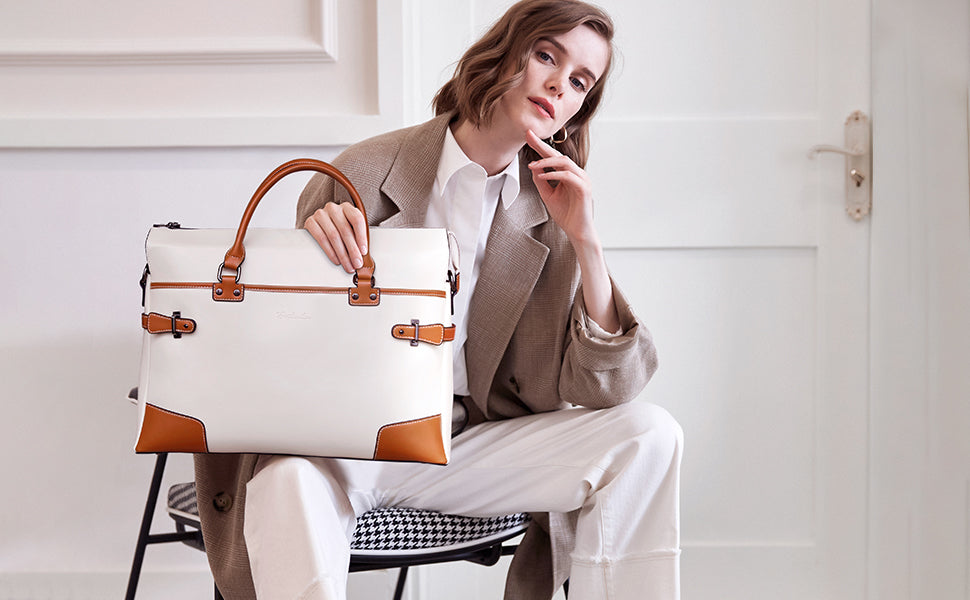
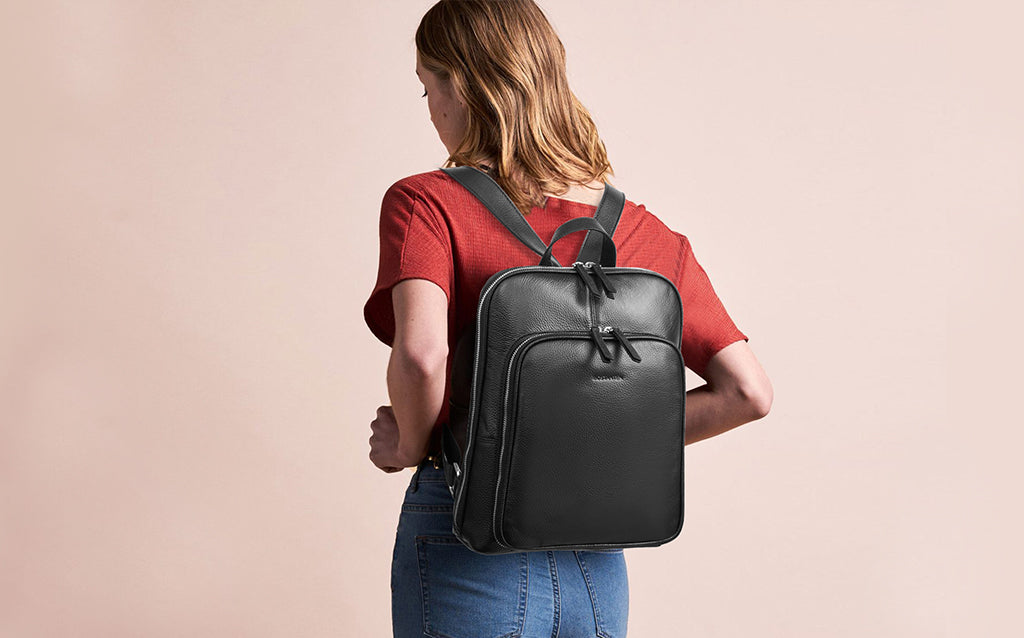
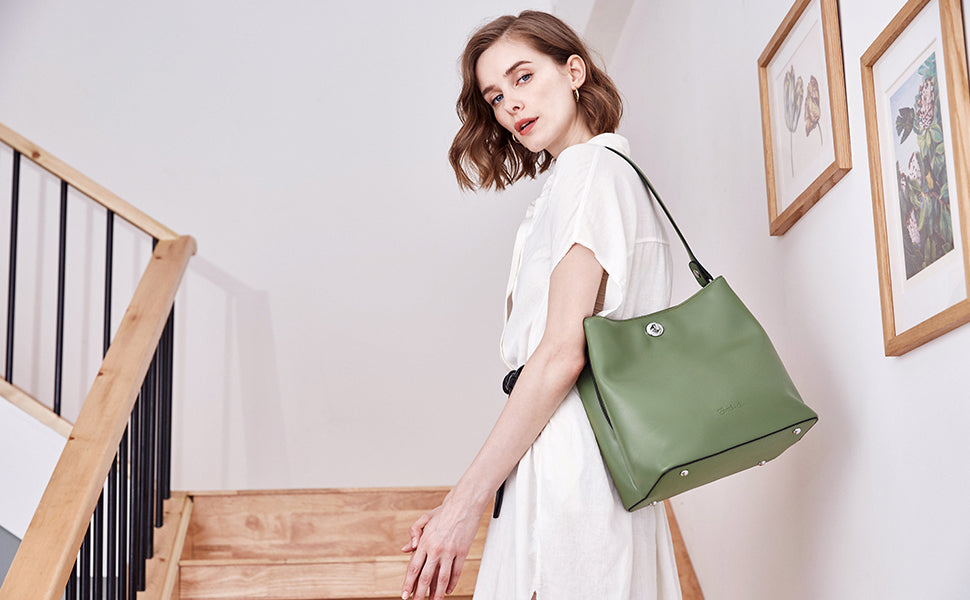
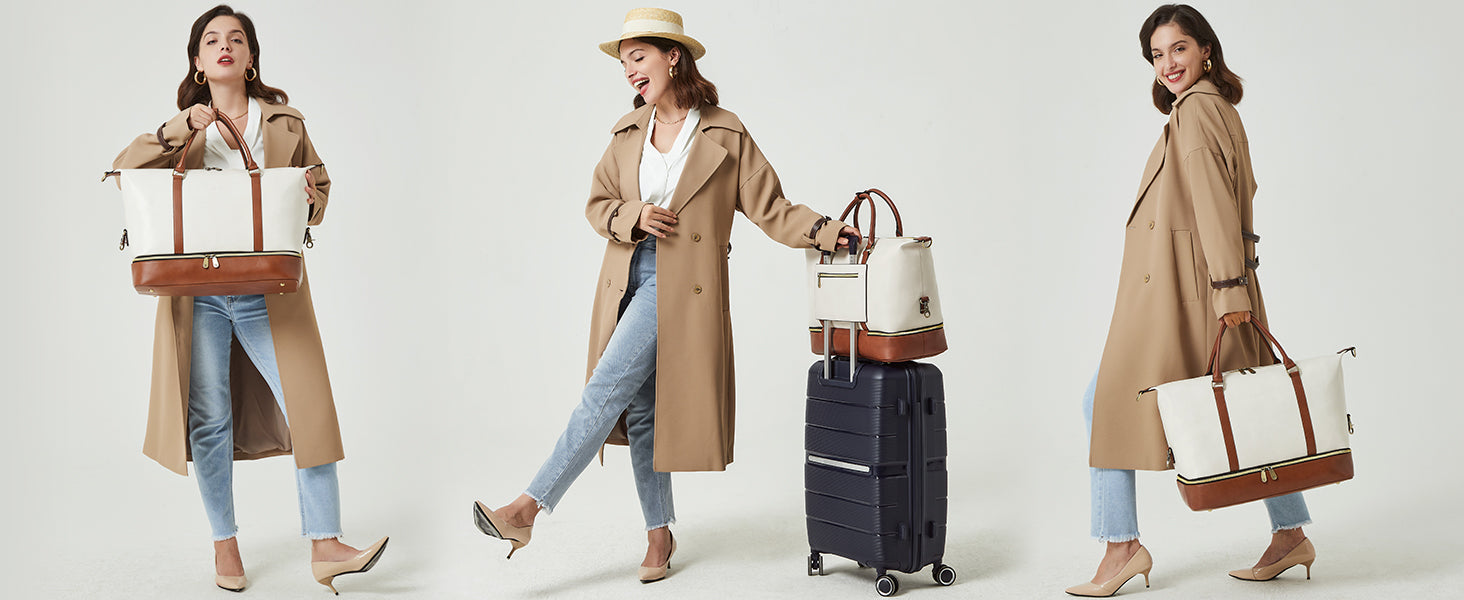
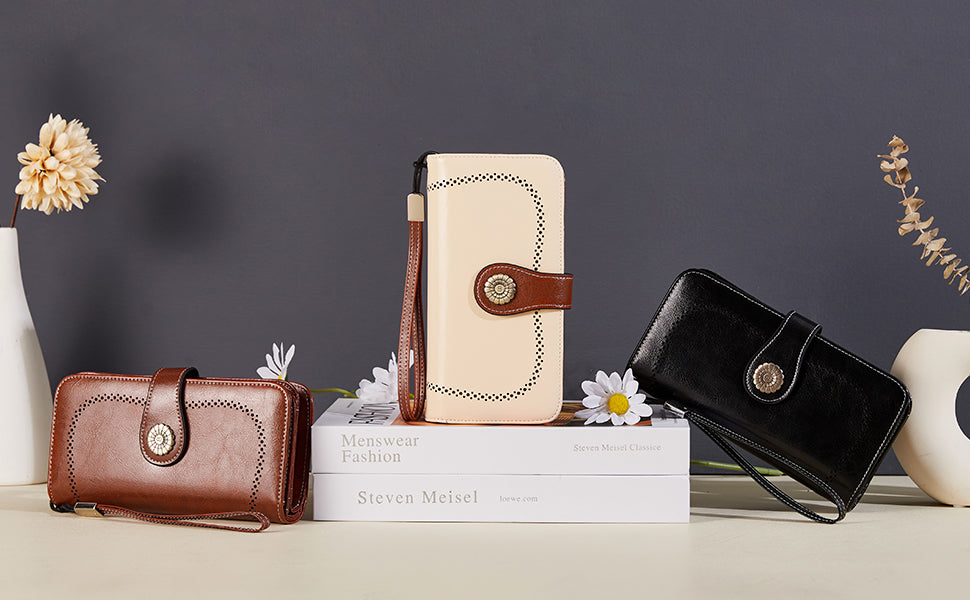
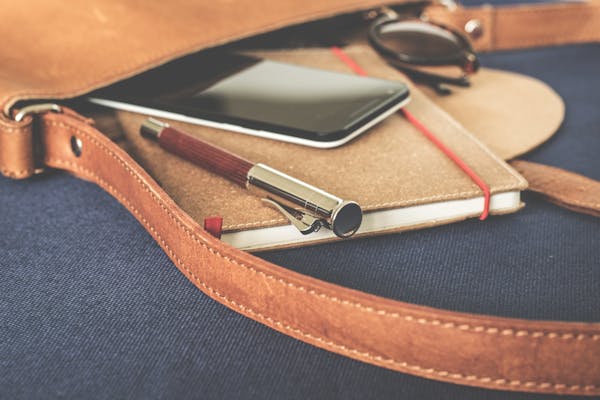

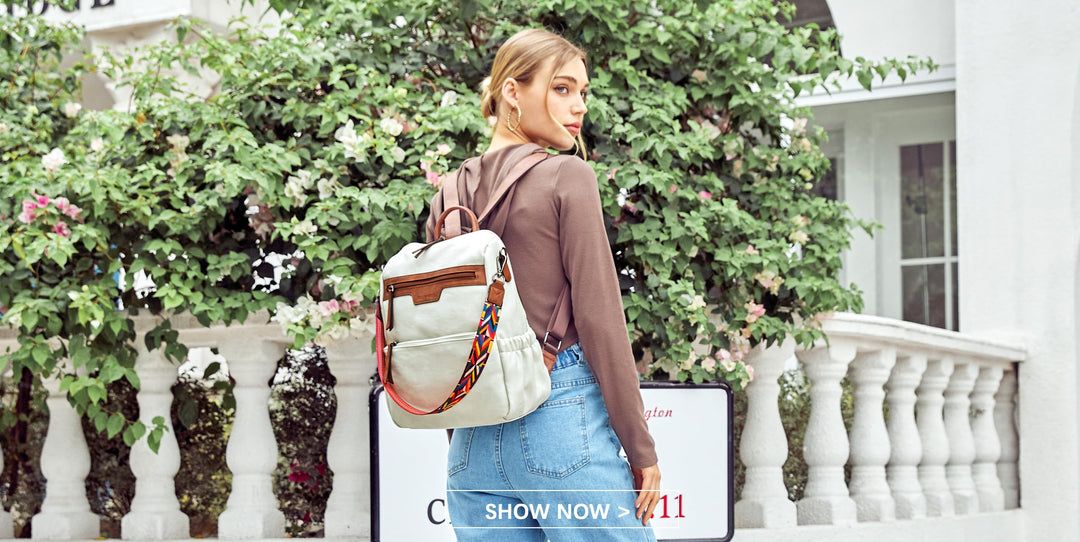
Leave a comment